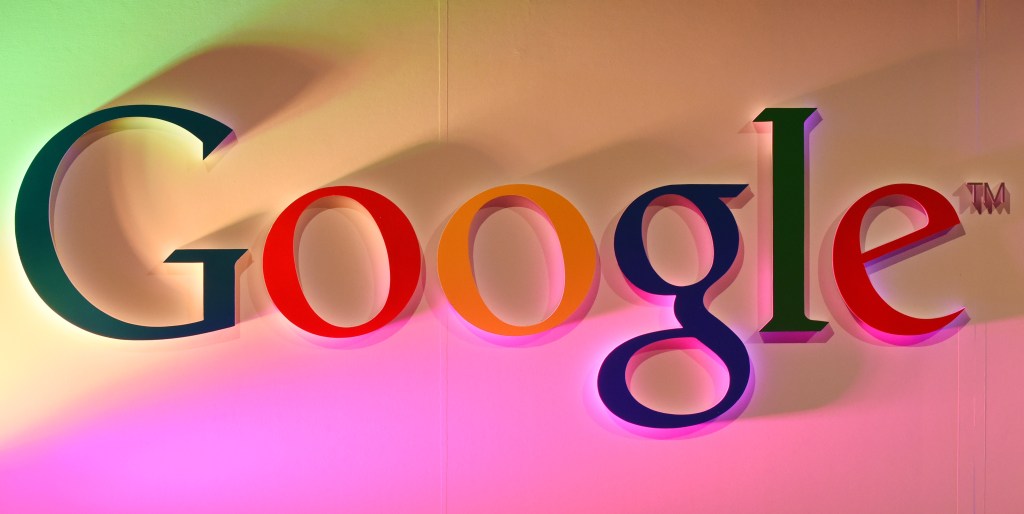Rami Essaid
More posts from Rami Essaid
June 4, 2019 should have been one of the happiest days of my life.
At 11:30 a.m., a press release hit the wire announcing that the cybersecurity company I had spent more than eight years building was being acquired by a larger cybersecurity player.
What’s not to love about a successful exit? I’d be set financially, the investors who had given us $70 million would make money, and the technology we created would get new legs in an organization with broader reach and resources.
Still, I had regrets. For one thing, I initially hadn’t wanted to sell. (More on that later.) For another, I was nagged by the feeling that our company had fallen short of its true potential, and that the reason was me — specifically, several rookie mistakes I made as a first-time entrepreneur.
I don’t stew about those errors any longer. In fact, I believe my miscues at my first startup will help define my career from here on out. That’s why, as I grow my next company, I’m thinking about not only the things I want to do but those I’d never do again.
Here are five of them.
Trying to do too much myself
In management theory terms, I was a “pacesetter.” I’d be the first to jump into any project or task, I’d execute it as quickly as possible and I expected everyone else to keep up. I thought that was how a startup leader acted — super helpful and scrappy.
But it came at a big price: disempowerment of the team. I was hoarding not only control — nobody felt like they personally owned anything — but also the institutional knowledge that needs to be spread around as a company grows. I became a human GPS: People could follow my directions, but they struggled to find the way themselves. Independent thinking suffered.
After a few years, I had a frustrating sense that I had all the answers and no one else did. Well, no wonder.
I’m now leaving the pacesetting to NASCAR and marathons.
Thinking people can read my mind
I believed all I had to do was say something once and everyone would get it. I became irritated when that didn’t happen. “We talked about this three months ago,” I’d bark. Intimidated team members would say to themselves, “Yeah, but we really only got 50% of it.”
No less an entrepreneur than Steve Jobs was prone to this peccadillo. But it’s generally an ineffective way of leading and motivating people in hectic jobs. I’ve learned that repetition rules. These days, I’m more apt to say something three or four times, and then put it in writing for good measure. There’s no room for confusion when a company is moving fast.
Confusing early success with long-term momentum
For the first couple of years of our company’s existence, we had a niche of the cybersecurity market to ourselves. Our product was solving a problem for customers — malicious bot attacks — in a way no other vendor was. The company tripled its revenue in each of its first three years. We were crushing it!
Then competitors appeared with a similar product that was easier to install and use. After so much success with early adopters who were more willing to forgive flaws in the product, we were having trouble closing deals with the wider set of customers we needed to grow.
What we missed is that product fit can be fluid. Seduced by our early success, we never asked ourselves tough questions about how the market might change. The critical lesson: Always be mapping out a future vision of customers, no matter what conditions look like today. I should have taken a lesson from the famed investor Brad Feld — recognize the search for incremental product/market fit is continuous and never-ending.
Being penny-wise and pound foolish
I maintained that a smart startup was also a frugal one. To control expenses, we instituted a lot of policies, and some, in hindsight, seem ridiculous.
One was limiting the number of company logo T-shirts we gave free to employees, even though such swag is relatively inexpensive and acts as free advertising for the company. (This actually became a morale issue — workers groused that we were stingy.)
The other was issuing only refurbished laptops to employees. By year two or three of using a laptop that was two or three years old to begin with, our software engineers began complaining about slow performance. So to save a few hundred bucks, we were sacrificing more in reduced productivity.
No more. At my new company, developers are delighted to discover we’ll pay for whatever laptop they want. I still like to watch the bottom line, but within reason.
Overworking
I and the rest of the leadership team would work 12-hour days, seven days a week. And that trickled down into many other employees doing the same. I didn’t think twice about sending emails, texts or slacks at night and on weekends. As with many startups, monster hours were simply part of the deal.
While we accomplished a lot in the first couple of years, employees started burning out around year three. We lost some good people. But that’s not all. Remember what I wrote earlier about initially not wanting to sell the company? I felt we still had great days ahead as an independent company; some of our investors wanted us to sell, however. The tie-breaker became my co-founders and the management team. They told me they were burnt out too and welcomed an exit. Had I set a better pace for the team, I am confident we could have run a longer marathon.
Today, we mandate that employees take time off. We understand that building a successful company is not a sprint, and I never again want to see a talented team member resign because of overwork. I myself take weekends off — completely. I don’t want to burn myself out either … and it’s important to be present for my wife and children, especially during these extraordinary times.
As these five lessons show, first-time entrepreneurs are bound to make some major mistakes. The true measure of a serial entrepreneur, I’d submit, is the ability to recognize those mistakes and adapt.






























Comment